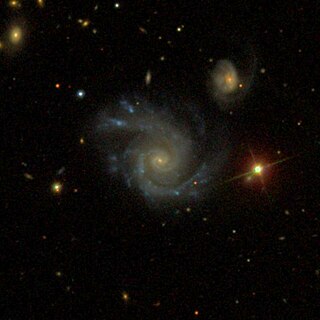
NGC 5829 is a spiral galaxy located in the constellation Boötes. It is 281 million light-years away from Earth and was discovered by astronomer, Edouard Stephan in May 1882.

NGC 5248 is a compact intermediate spiral galaxy in the constellation Boötes. Its velocity with respect to the cosmic microwave background is 1437 ± 20 km/s, which corresponds to a Hubble distance of 69.1 ± 4.9 Mly (21.19 ± 1.51 Mpc). However, 17 non redshift measurements give a much closer distance of 42.52 ± 3.16 Mly (13.038 ± 0.969 Mpc). It was discovered on 15 April 1784 by German-British astronomer William Herschel.

NGC 171 is a barred spiral galaxy with an apparent magnitude of 12, located around 200 million light-years away in the constellation Cetus. The galaxy has two main medium-wound arms, with a few minor arms, and a fairly bright nucleus and bulge. It was discovered on 20 October 1784 by William Herschel. It is also known as NGC 175.

NGC 373 is an elliptical galaxy located around 204 million light-years away in the constellation Pisces. NGC 373 was discovered on December 12th, 1876 by John Louis Emil Dreyer. NGC 373 does not contain an active galactic nucleus, and it does not have much star formation.
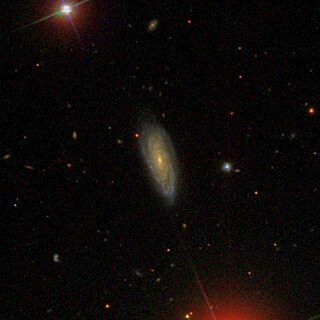
NGC 435 is an intermediate spiral galaxy located around 478 million light-years away in the constellation Cetus. NGC 435 was discovered on October 23, 1864 by Albert Marth, and it does not have an active galactic nucleus or much star-formation.

NGC 4488 is a lenticular galaxy located about 60 million light-years away in the constellation of Virgo. The galaxy was discovered by astronomer William Herschel on December 28, 1785. NGC 4488 is a member of the Virgo Cluster.
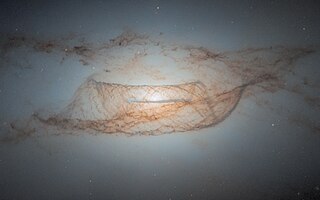
NGC 4753 is a lenticular galaxy located about 60 million light-years away in the constellation of Virgo. NGC 4753 was discovered by astronomer William Herschel on February 22, 1784. It is notable for having distinct dust lanes that surround its nucleus. It is a member of the NGC 4753 Group of galaxies, which is a member of the Virgo II Groups, a series of galaxies and galaxy clusters strung out from the southern edge of the Virgo Supercluster.
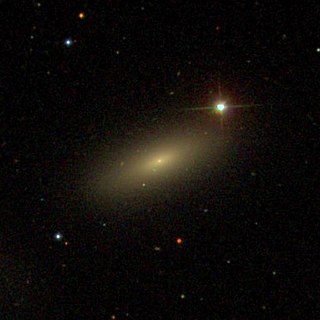
NGC 4436 is a lenticular or dwarf elliptical galaxy located about 60 million light-years away in the constellation of Virgo. NGC 4436 was discovered by astronomer William Herschel on April 17, 1784. The galaxy is a member of the Virgo Cluster.
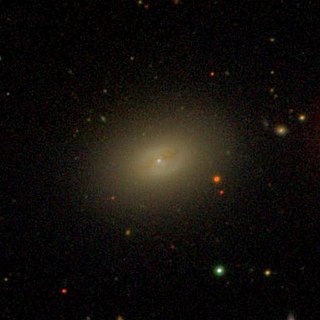
NGC 4506 is a spiral galaxy located around 50 million light-years away in the constellation Coma Berenices. It is classified as peculiar due to the presence of dust that surrounds its nucleus. NGC 4506 was discovered by astronomer William Herschel on January 14, 1787. It is a member of the Virgo Cluster.

NGC 5609 is a spiral galaxy located 1.3 billion light-years light-years away from Earth, in the constellation Boötes. It has the largest redshift of any galaxy in the New General Catalogue. Prior to 2023, another spiral galaxy, NGC 1262, had been thought to have a higher redshift. NGC 5609 is the most distant visually observed galaxy in the NGC Catalog and was discovered by astronomer Bindon Blood Stoney on March 1, 1851.
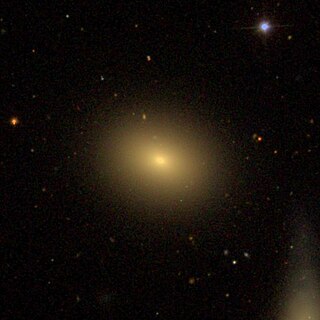
NGC 4551 is an elliptical galaxy located about 70 million light-years away in the constellation Virgo. It was discovered by astronomer William Herschel on April 17, 1784. NGC 4551 appears to lie close to the lenticular galaxy NGC 4550. However, both galaxies show no sign of interaction and have different red shifts. Both galaxies are also members of the Virgo Cluster.

NGC 3316 is a barred lenticular galaxy located about 190 million light-years away in the constellation Hydra. The galaxy was discovered by astronomer John Herschel on March 26, 1835. NGC 3316 is a member of the Hydra Cluster, and appears to have a small companion galaxy known as HCC 15.

NGC 7541 is a barred spiral galaxy located around 104 million light-years away in the constellation Pisces. It was discovered in 1785 by William Herschel, and it is 106,000 light-years across. NGC 7541 is known to have lots of star-forming regions.
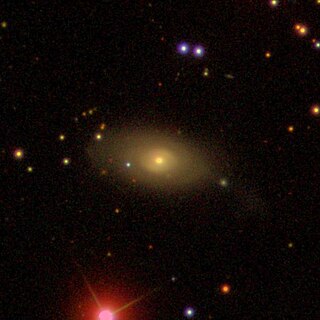
NGC 785 is an elliptical galaxy located around 217 million light-years away in the constellation Triangulum. NGC 785 was discovered in 1876 by Édouard Stephan, and it is around 102,000 light-years across in diameter. NGC 785 is not known to have an Active galactic nucleus, and is not known to have lots of star formation.

NGC 1616 is an intermediate spiral galaxy located around 213 million light-years away in the constellation Caelum. NGC 1616 was discovered on October 24th, 1835 by the astronomer John Herschel, and its diameter is 116,000 light-years across. NGC 1616 is not known to have much star-formation, and it is not known to have an active galactic nucleus.

NGC 3678 is a spiral galaxy located around 361 million light-years away in the constellation Leo. NGC 3678 was discovered on April 13th, 1831 by the astronomer John Herschel, and its diameter is 127,000 light-years across. NGC 3678 is not known to have much star-formation, and it is not known to have an active galactic nucleus.

NGC 4825 is a lenticular galaxy located around 230 million light-years away in the constellation Virgo. NGC 4825 was discovered on March 27th, 1786 by the astronomer William Herschel, and its diameter is 133,000 light-years across. NGC 4825 is not known to have much star-formation, and it does not have an active galactic nucleus.
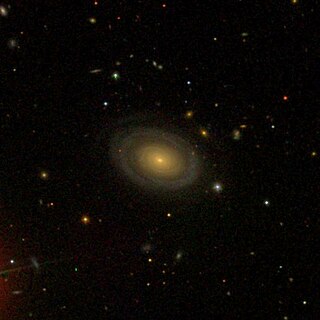
NGC 5790 is a lenticular galaxy located 541 million light-years away in the Boötes constellation. It was discovered on 16 May 1884 by French astronomer Édouard Stephan. The galaxy is approximately 180,000 light-years across. NGC 5790 is a type 2 Seyfert galaxy according to the SIMBAD database.

NGC 5008 is a massive barred spiral galaxy located in the Boötes constellation.

NGC 5508 is a very large and distant spiral galaxy located in the constellation Boötes. Its velocity relative to the cosmic microwave background is 11,615 ± 15 km/s, which corresponds to a Hubble's law of 171 ± 12 Mpc. It was discovered by French astronomer Édouard Stephan in 1882.




















